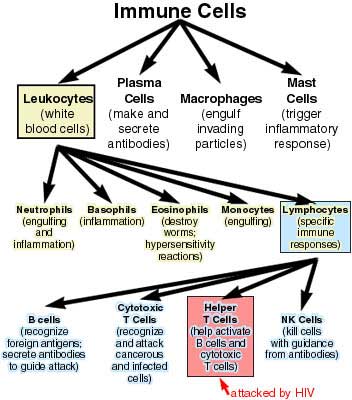
In most cases, immunity is described as the ability of multicellular living organisms to protect themselves against harmful microorganisms (viruses, bacteria, fungi, parasites). Immunity includes both specific and nonspecial elements. The specific elements serve as barriers or immunizers against a broad range of microorganisms irrespective of their antigenicity. On the other hand, nonspecial immunity refers to the immunity which is caused by an acquired immunity response in response to the adverse effects of certain microorganisms (viruses and bacteria).
The immunity acquired has no specific characteristics and can be classified in two types: intrinsic immunity and extrinsic immunity
Intrinsic immunity is caused by the presence of antibodies that bind to specific antigens present in pathogens and trigger an immunological response to neutralize those antigens. This response is called primary immunity and protects against secondary diseases. Secondary immunity results from an effector T cell response that recognizes the altered antigen and triggers a second, protective response. Examples of acquired immune responses include: vaccination; exposure to a small amount of the pathogen; growth factor stimulation; infection with a virus or bacteria; and exposure to chemicals that are highly toxic to healthy cells.
Intrinsic immunity is not only limited to external sources such as infectious agents and toxins, but is also present at the cellular level in response to cellular damage by a microorganism or substance that is harmful to cells. This is called secondary immunity because it has a secondary effect on cells and can act in a synergistic manner or against the microorganism responsible for the damage.
When the body is attacked by a microorganism naturally or by an external agent, it usually produces antibodies to protect itself. Antibodies are molecules that recognize and bind to specific antigens present in a microorganism. In the case of a positive immune response, these antibodies neutralize the harmful effects of microorganisms, and the microorganism dies. These antibodies are formed after the exchange of amino acids between the microorganism and the antibody.
The process of antibody synthesis starts when cells produce a series of antibodies after exposure to a foreign substance. In addition, some cells also make antibodies after receiving signals from other cells that identify and bind specific microorganisms which cause damage to the cells.
Specific elements such as Lymphocytes and Monocytes are found in the blood and other parts of the body. Monocytes are found in all tissues of the body. Monocytes contain high levels of antibody and can detect various foreign substances which trigger an antibody response.
Lymphocytes are cells that produce T cells that act on antigen with a high frequency. T Cells are also known as T cells. T cells kill and destroy microorganisms and are usually present in the blood.
The immunity mechanism in human body consists of two types of mechanisms, recognized by many immune cells. The first type of mechanism is innate immunity, which is responsible for preventing the occurrence of the symptoms and diseases and is generally present in infants and children; the second type of mechanism is adaptive immunity, which prevents the occurrence of symptoms and diseases only.
Immune cells recognize a microorganism as a danger to the body
However, even when the microorganism is harmless, it is important that the body is able to produce antibodies to fight off the microorganism. Since the body produces a large number of antibodies, a large number of microorganisms can be attacked by a single antibody.
As you can see, there are several types of immunity mechanisms in the human body. They can be classified into three groups: structural immunity, antigen-specific immunity and non-immunological immunity.
Structural immunity refers to the mechanism by which the body produces antibodies to neutralize a foreign substance. This immunity mechanism is usually found in childhood and is the result of antibodies which bind to the specific antigen. Although some forms of structural immunity are inherited in infants, other forms of structural immunity may be acquired through exposure to certain microorganisms and food products.
Antigen-specific immunity refers to the type of immunity by which the body is able to recognize and bind to a particular antigen. The immune system recognizes only one type of antigen and not other types.